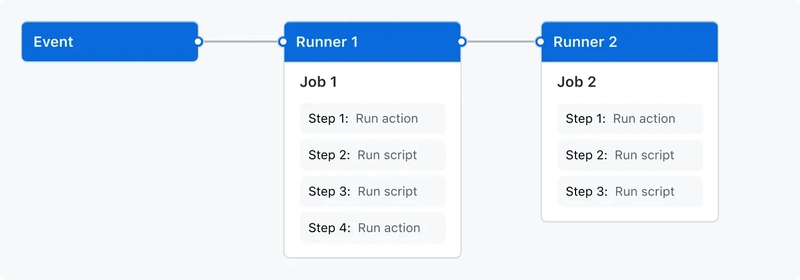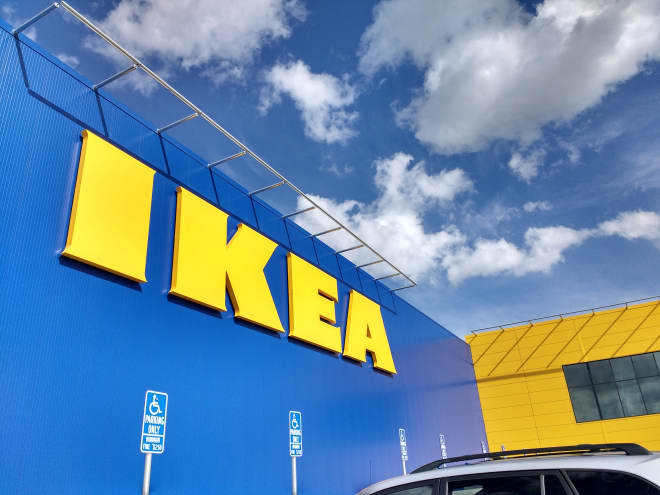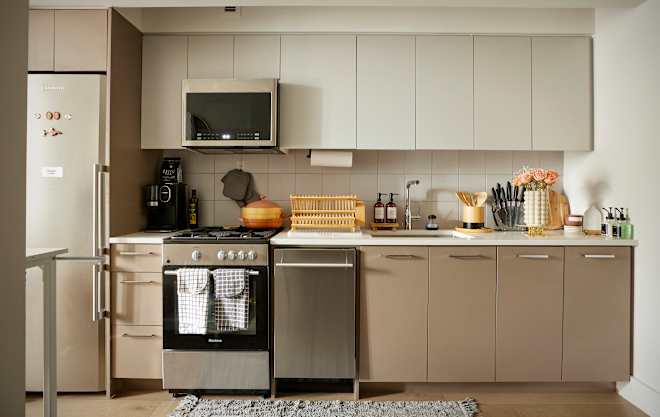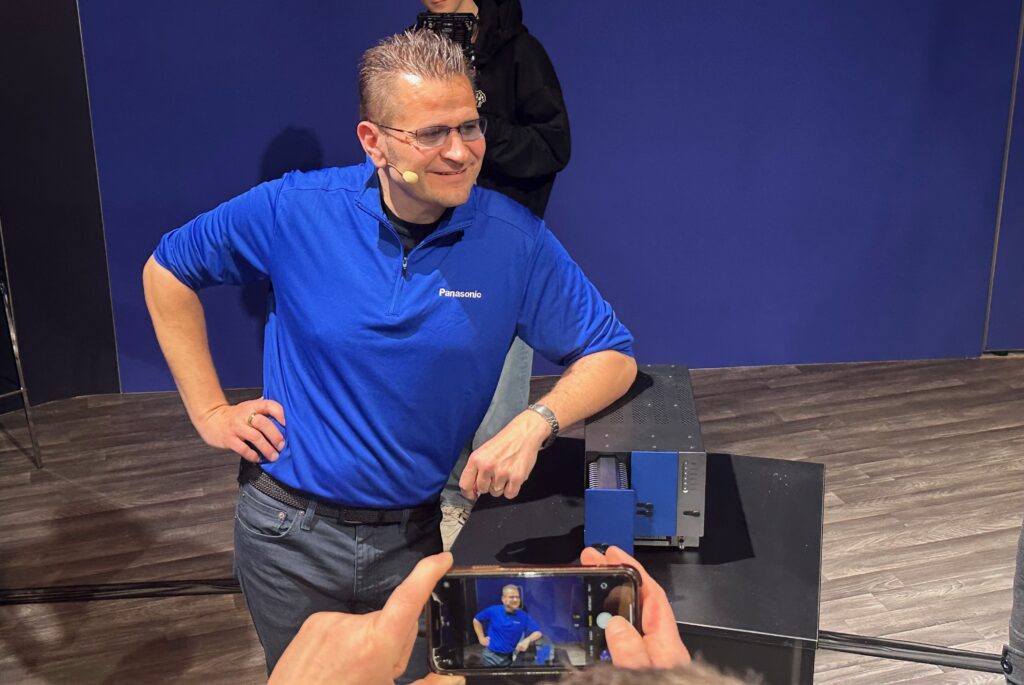Panasonic poised to play key role in Airbus connected aircraft
Airbus has made no secret about its ultimate vision for connected aircraft. It wants to ensure that every jetliner it delivers becomes an end-to-end digital platform where all the data points are connected from maintenance to catering, and where airlines have immense flexibility in choosing applications — or developing their own — to improve operations... The post Panasonic poised to play key role in Airbus connected aircraft appeared first on Runway Girl.

Airbus has made no secret about its ultimate vision for connected aircraft. It wants to ensure that every jetliner it delivers becomes an end-to-end digital platform where all the data points are connected from maintenance to catering, and where airlines have immense flexibility in choosing applications — or developing their own — to improve operations and the passenger experience without the need for additional certification.
The European airframer’s linefit, supplier-furnished HBCplus inflight connectivity offering is a key enabler to this vision, and, as evidenced this week at the massive Aircraft Interiors Expo in Hamburg, management has further defined that program by adding new partners including Amazon and Hughes Network Systems. But a robust, high-speed connectivity pipe is just one part of the puzzle. Airbus will also need a powerful server and software platform to make its dream a reality.
Enter Panasonic Avionics and its brand new neutral application hosting platform Converix, which is billed by the IFE giant as providing a ‘complete aircraft-wide solution for non-safety critical services’ and has been revealed for the first time at AIX. Airbus has inked a memorandum of understanding (MOU) with Panasonic to explore a strategic partnership that will see the two companies leverage Converix to co-develop a new onboard architecture, which will in Airbus’ own words “enable an open ecosystem of applications and end-to-end services, including Airbus’ high-bandwidth connectivity solution, HBCplus.”
Longtime observers of the aviation sector will understand the monumental significance of this announcement. Sixteen years ago, relations between Airbus and Panasonic were somewhat strained due to disagreements over the airframer’s linefit offerability choices, particularly around mobile connectivity. And your author spilled much proverbial ink at her former employer in covering that saga. But they gradually worked out their differences and today, it’s fair to say a new day has dawned.
“Panasonic Avionics’ experience as a world leading IFE provider, combined with Airbus’ experience as world-leading aircraft OEM and integrator of digitally-enabled end-to-end operations brings together the best of both worlds. This will benefit both airlines and their passengers,” says Airbus VP of the Connected Aircraft programme, Tim Sommer.
Under the co-development MOU, which is expected to be signed later this year, the new hardware will become part of Airbus’ planned Connected Aircraft architecture. “The resulting end-to-end platform — onboard, on-ground and in the ‘cloud’ — enables an open ecosystem of applications and services including the collection of non-safety-critical information from aircraft operations to passenger experience. It enables the introduction of a standard scalable and versatile architecture, expanding the range of aircraft components that benefit from air-to-ground connectivity, while offering significant storage and computing capabilities,” explains Airbus.
Crucially, given that a host of other inflight entertainment and connectivity stakeholders are partners to Airbus — and indeed that other third parties will be courted and supported — both the airframer and Panasonic “are committed to ensure full neutrality of the digital platform regarding any third-party solutions to ensure maximum benefits to airline/lessor customer,” assures Airbus. “Such an approach would enable Airbus, airlines and third parties to develop a wide range of digital services, from in-seat IFE solutions to applications dedicated to cabin or ground operations optimisation.”
This strategy is very much in sync with the connected aircraft vision described by Airbus executives to Runway Girl Network at last year’s AIX. “Airlines will be able to develop their own apps, but we also want to bring on board all the digital innovators, all the startups with fancy new ideas, new service. We want to help them to bring their services, and same for the digital majors. So, Netflix, Amazon,” Airbus executives told RGN at the time.
And, they noted, by leveraging the right applications and services, airlines can turn data into actionable insights, becoming “an AI driven company” that can make the best decisions for operations and the passenger experience, whilst at the same time “driving costs down, improving loyalty and boosting ancillary revenues”.
Moments after the MOU was announced at AIX, Runway Girl Network sat down with Panasonic Avionics vice president of product & portfolio management Andrew Masson. He explained that when Panasonic talked about the Converix hosted platform with Airbus, and shared details about what it was doing, they recognized that Panasonic, as an innovator in the IFE and connectivity space, is making the right moves and understands the digital side of the customer. They also realized that the two firms are talking to the same customers. Panasonic is, after all, supporting no fewer than 86 airline programs for its nextgen, modular Astrova IFE system, which recently debuted on Icelandair’s first-ever Airbus aircraft, an A321LR.
The vast majority of these Astrova programs “have a set of unique applications and ways they want to differentiate their digital experience for their customers. And they use that to build NPS loyalty,” noted Masson.
The word “server” is the language we all understand for storing content — and it’s true that a single Converix box on a twin-aisle aircraft will have over 280 terabytes of storage, enough for three Netflix libraries and four years of 4K content or indeed 106 years worth of standard definition content, which is a lifetime supply model. And, whilst it features eight times the performance density of traditional servers, it is one-fourth the size.
But Masson stressed that Converix is not an IFE server as classically defined, but rather “an application server. It has a developer platform that enables Airbus or third parties to bring the software message to their platform to integrate the tools to complete the ‘completely connected aircraft story’ on a fantastic product that’s modular and scalable.”
“On their aircraft,” he continued, “they will then have this platform to load their software products on board.” Naturally, the neutral platform will also be available to non-Airbus aircraft ensuring that Airbus’ airline customers have a fleet-wide solution.
Airbus has some very specific use cases that are quite complex to fill and together with Panasonic, the airframer will begin teasing those out under the co-development MOU. “And you know, the power of the box, the capability and the partnership between these two major industry partners, Panasonic and Airbus, coming together is a tremendous message in terms of brand alignment,” noted Masson.
Related Articles:
- Airbus adds Amazon, confirms Hughes, removes Viasat GX from HBCplus
- Airbus lays out ultimate vision for connected aircraft
- Icelandair A321LR features several firsts including Astrova debut
- Press Release: Panasonic Avionics introduces groundbreaking Converix
The post Panasonic poised to play key role in Airbus connected aircraft appeared first on Runway Girl.



































































